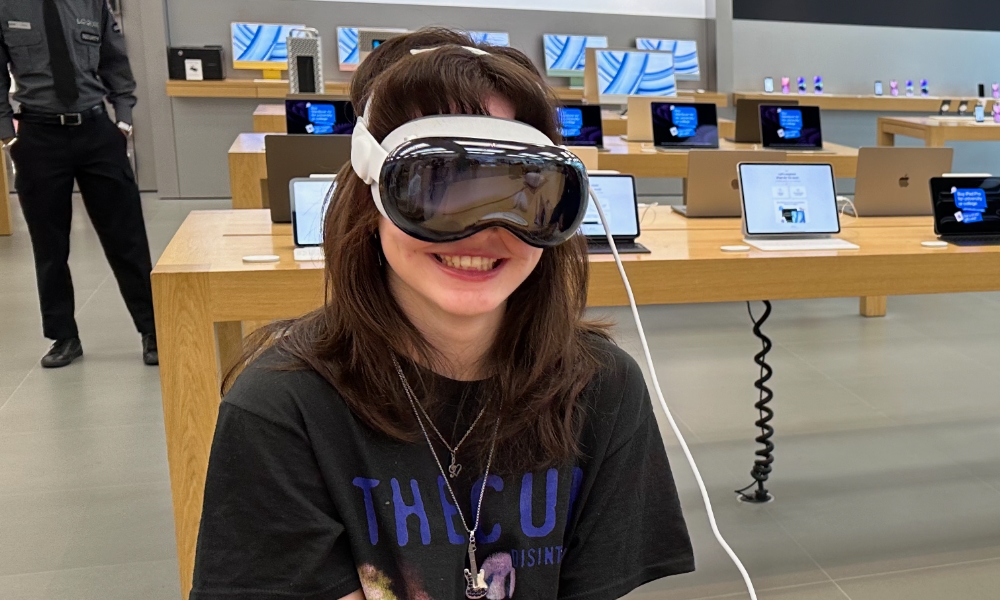Meta Takes on the Vision Pro with a New VR Headset

Toggle Dark Mode
Meta Platforms, Inc., aka Meta, formerly Facebook, just announced the release of a new virtual reality headset: the Quest 3S.
The Quest 3S goes on sale on October 15…for just $299! That’s a whopping $3,200 less than Apple’s Vision Pro and $200 less than Meta’s previous Quest 3, which sold millions. Meta is marketing the Quest 3S as a full computer, putting it more directly in competition with the Vision Pro.
Meta CEO Mark Zuckerberg said the Quest 3S is, “all the things you can do with a general purpose computer, Quest is the full package.” The Quest 3S is not only cheaper but slimmer and lighter than its predecessor as well. The Quest 3S also includes greater pixel density for sharper graphics and supports full-color pass-through for mixed reality.
This allows users to navigate their real-world surroundings more precisely while interacting with virtual objects. The headset is powered by Qualcomm’s Snapdragon XR2 Gen 2 chip, which boosts performance for smoother gameplay, faster app loading, and a more responsive experience overall.
Meta’s Quest 3S vs Apple’s Vision Pro
While there’s no doubt Apple’s Vision Pro is a more premium device designed for a different target audience, Meta’s investment in headsets and its ability to bring to market such an affordable device certainly isn’t going unnoticed by Apple. In addition to Meta’s acquisition of headset maker, Oculus, in 2014 for $2 billion, Meta has also invested nearly $50 billion in its Reality Labs Division which produces the Quest 3S.
While the Quest 3S focuses on both VR and mixed reality for gaming and entertainment, the Vision Pro is primarily about what Apple calls “spatial computing” — an augmented reality device (AR) that overlays digital content with the real world. The Vision Pro is deeply integrated with the Apple ecosystem and focuses more on productivity and professional applications than gaming. The Vision Pro is also designed for developers and creative professionals to use as a virtual monitor.
While the Quest 3S is controlled with handheld controllers, the Vision Pro is primarily controlled by intuitive gestures like pinching, grabbing, eye tracking, and voice. The Vision Pro operates without a controller, giving it a more natural and intuitive feel.
Meta has sold more than 20 million Quest headsets. Apple sold 200,000 Vision Pros during its first 10 days on the market earlier this February, but sales have slowed significantly. For those more casually interested in headsets for gaming and other media, the Quest 3S is definitely the best option at about 15% of the cost of the Vision Pro. Hopefully, Apple decides to have a go at the more entry-level headset market. Time will tell.








